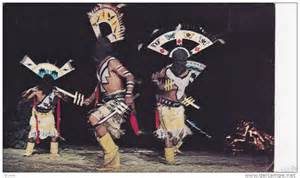This week my journey consisted of research on the Tewa, Keres, Zuni, Hopi, Tiwa, and
Towa Pueblo’s, they are grouped by language:
- Tewa: San Juan (Ohkay Owingeh), Santa Clara, San Ildefonso, Pojoaque, Nambe, and Teseuque. (There was also a group called Southern Tewa south of Santa Fe during the Colonial Era, but these pueblos are all gone now.)
There is a single Tewa speaking pueblo at Hopi First Mesa that is just called Tewa Village. (Thano, Tano, and Hano is used by historians, but the village members do not like those terms.)
- Eastern Keres or Keresan: Cochiti, Santo Domingo, San Felipe, Santa Ana, and Zia.
- Western Keres: Acoma and Laguna (Laguna is actually a confederation of something like five or six small villages; generally, all these villages can just be grouped into a single category of Keres.)
- Zuni: Spoken at the single village of Zuni.
- Hopi: Is a confederation of a number of villages spread across three mesas.
- Northern Tiwa: Taos and Picuris and Southern Tiwa: Isleta and Sandia (by Albuquerque). They can also be grouped under the generic name Tiwa.
- Towa: Is spoken only at the Jemez Pueblo.
As I do my research I feel like I am working on a puzzle that in the end will not just be about the artifacts, but about languages, artists, history, and life of some beautiful people.

